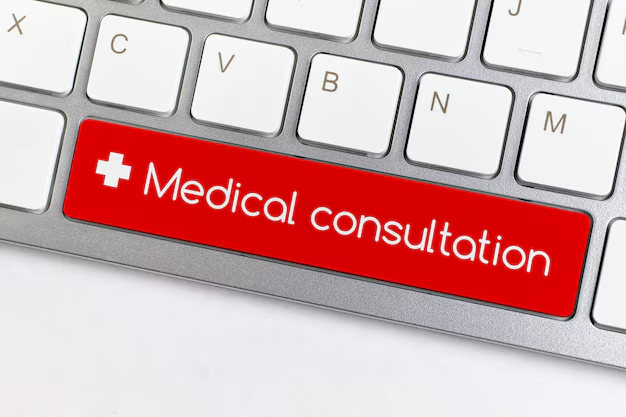How to Know If You Qualify for Medicare Part A
Navigating the complexities of healthcare coverage can feel daunting, especially when it comes to understanding your eligibility for programs like Medicare Part A. For many Americans, Medicare serves as a crucial component of their healthcare strategy in their later years or during certain health challenges. But who exactly can receive these benefits?
Understanding Eligibility for Medicare Part A
Medicare Part A is primarily designed for individuals aged 65 and older, serving as a foundational segment of the broader Medicare program. However, it’s not limited strictly to age. Below are the key groups eligible for Medicare Part A:
Seniors Over 65
- Individuals who are 65 or older and are either U.S. citizens or permanent residents qualify.
- If you or your spouse have paid Medicare taxes for at least 10 years, you usually receive "premium-free" Part A.
Individuals Under 65
Certain people under 65 may also qualify:
- Disability: After receiving Social Security Disability Insurance (SSDI) for 24 months, one is generally eligible for premium-free Part A.
- End-Stage Renal Disease (ESRD): This condition qualifies individuals for Medicare irrespective of age, often after certain criteria are met.
- Amyotrophic Lateral Sclerosis (ALS): Those diagnosed with ALS automatically qualify for Medicare upon Social Security Disability Insurance approval, without any waiting period.
Special Exceptions
- Railroad Workers: Employees of the Railroad Retirement Board often qualify under similar criteria used by the Social Security Administration.
- Certain Government Employees: Federal, state, or local workers not covered by Social Security but who have paid Medicare payroll taxes while employed.
Transitioning to Broader Assistance
Understanding your eligibility for Medicare Part A opens doors to additional support and resources, often an integral part of managing healthcare and financial stability. Let’s explore some opportunities to bolster your financial resilience alongside Medicare.
Exploring Financial Assistance Programs
- Medicaid: If you're eligible, this program can work alongside Medicare to cover costs not included in standard Medicare plans.
- Medicare Savings Programs (MSPs): These programs can help pay for Medicare premiums and, sometimes, out-of-pocket expenses like deductibles and copayments.
- Extra Help Program: Assists with the costs of prescription drugs under Medicare Part D, potentially saving thousands annually.
Options for Financial Stability
Healthcare expenses can quickly add up, impacting your financial health significantly. Here are some pathways to consider:
- Debt Relief Options: Programs that offer consolidation or refinancing can alleviate high-interest debts, crucial for managing medical expenses.
- Credit Card Solutions: Consider low-interest credit cards or balance transfer options to ease cash flow issues stemming from unexpected expenses.
- Educational Grants: Whether for personal development or pursuing new career skills, various government and private grants can alleviate educational costs and open new doors.
Prioritize Your Future
Ensuring eligibility for Medicare Part A is only part of a larger journey toward a secure, fulfilling life. By proactively managing your healthcare and financial options, you create a stable environment that supports not just your present, but an empowered and prepared future.
Relevant Financial Assistance and Resources
- 🏥 Medicare Savings Programs: Help with premium and out-of-pocket costs.
- 💊 Extra Help: Reduces prescription drug expenses under Medicare Part D.
- 🏛️ Medicaid: Comprehensive support for those who qualify, covers services beyond Medicare.
- 🔄 Debt Relief Programs: Consolidate and manage high-interest debt.
- 💳 Low-Interest Credit Cards: Efficient for managing short-term financial shortfalls.
- 🎓 Educational Grants: Opportunities for lifelong learning without added financial strain.
Explore these options to enhance your stability and leverage all available resources for a healthier and more secure financial future.

Related Topics
- Am I Elgible For Medicare
- Am I Enrolled In Medicare
- Am I Qualified For Medicare
- Are Adult Diapers Covered By Medicare
- Are Chemotherapy Drugs Covered By Medicare Part d
- Are Colonoscopies Covered By Medicare
- Are Covid Tests Covered By Medicare
- Are Cpap Machines Covered By Medicare
- Are Cpap Supplies Covered By Medicare
- Are Dental Implants Covered By Medicare